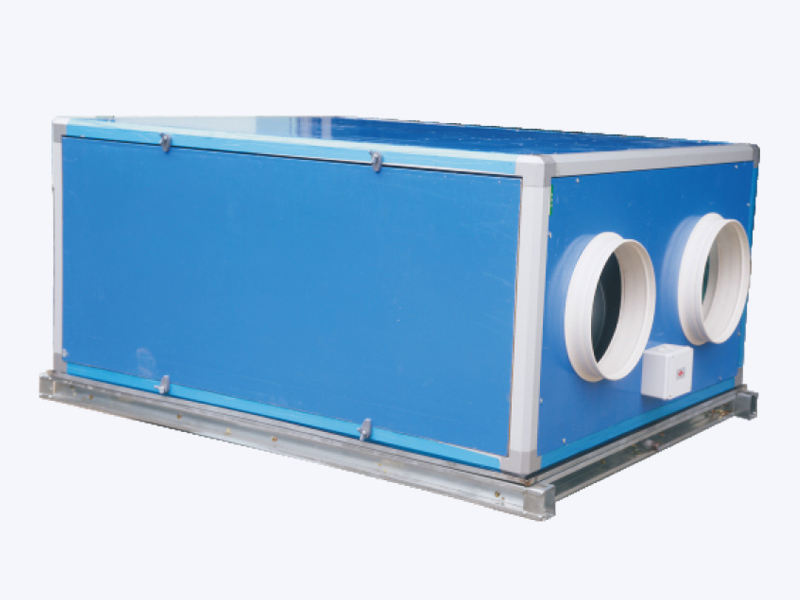As the world continues to grapple with the challenges posed by climate change, the importance of energy efficiency and sustainability has become more apparent than ever. One area where sustainable solutions are gaining traction is in the realm of ventilation. Energy-saving fresh air units are emerging as a key technology for creating more sustainable, healthier buildings that minimize environmental impact.
The need for energy-efficient ventilation is clear. According to the U.S. Department of Energy, heating, cooling, and ventilation account for around 40% of the energy used in commercial buildings. By reducing the energy needed to heat or cool outdoor air for ventilation, energy-saving fresh air units can help to significantly lower a building's overall energy consumption and carbon footprint.
Fresh air units work by taking in fresh air from the outside and circulating it through the building. This can help to improve indoor air quality, as well as reduce the risk of indoor pollutants and pathogens. However, traditional fresh air units have been criticized for their energy inefficiency, as they require significant amounts of energy to heat or cool the outside air before it enters the building.
To address this issue, energy-saving fresh air units have been developed that use innovative technologies to reduce energy consumption while still providing the benefits of fresh air ventilation. One example is enthalpy wheels, which capture and transfer heat and moisture from the exhaust air to the incoming fresh air, reducing the need for additional heating or cooling.
Another energy-saving technology is demand-controlled ventilation, which adjusts the rate of fresh air ventilation based on the occupancy and activity level in the building. By only bringing in the necessary amount of fresh air, these systems can greatly reduce energy waste and improve overall efficiency.
The future of ventilation is undoubtedly tied to sustainability and energy efficiency. As buildings continue to account for a significant portion of global energy consumption and greenhouse gas emissions, energy-saving fresh air units offer a crucial solution for reducing environmental impact and promoting a healthier indoor environment.
In addition to their environmental benefits, these systems can also help building owners and managers save on energy costs over the long term. By reducing energy waste and optimizing ventilation rates, energy-saving fresh air units can help to create more sustainable buildings that are both healthier and more cost-effective to operate.
Overall, the future of ventilation is looking bright, with energy-saving fresh air units set to play a major role in creating more sustainable buildings and communities. As the world continues to transition towards a more sustainable future, these technologies will be critical in reducing energy consumption, minimizing environmental impact, and promoting healthier indoor spaces for all.


The product can be widely used in edible mushroom that requires refrigerated warehouse ventilation, built-in heat exchanger energy recovery efficiency is 60% higher than that in the constant temperature of refrigerated warehouse, greatly reducing the fresh air energy required to achieve high efficiency and energy saving.
Re: The new energy-saving ventilation unit is low cost and high efficiency equipment, it doesn't need a single set of fresh air handling room, making full use of heat recovery energy saving, greatly reducing the equipment investment and construction cost. At the same time, the cold recovery refrigeration equipment investment and power capacity cost can be reduced by more than 20%. Moreover, according to the needs of users, it can be designed into energy-saving ventilation of fresh airequipment with 5000M3/h.
Zhejiang Beifeng Refrigeration Equipment Co., Ltd is a famous China Energy Saving Fresh Air Ventilating Units Factory and Energy Saving Fresh Air Ventilating Units Company,and the products are exported to the Europe,South East Asia,Middle East,North America,Africa etc.

 English
English عربى
عربى 简体中文
简体中文






.jpg?imageView2/2/w/300/h/300/format/webp/q/75)





